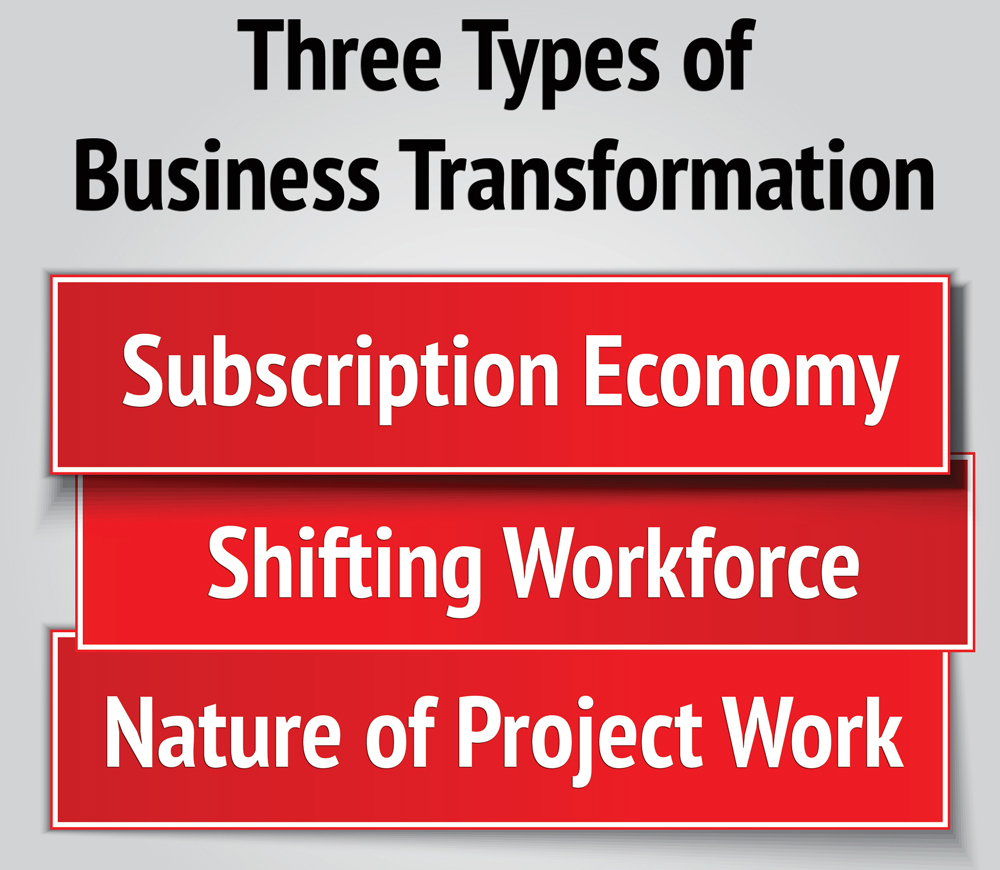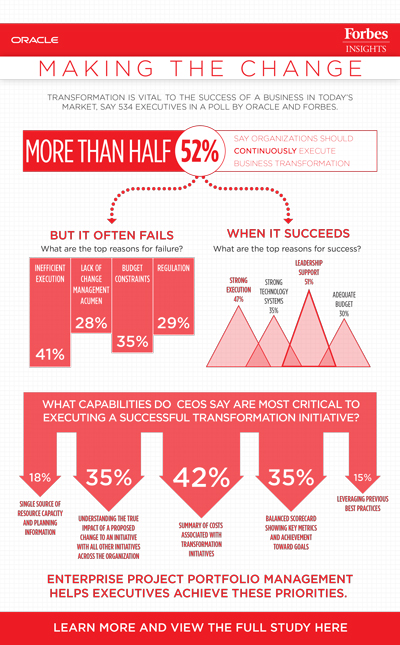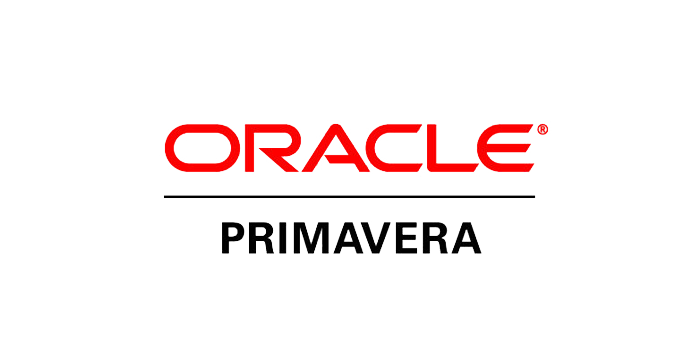The Top 10 Strategic CIO Issues For 2016
Original Article on Forbes.com. Article written by Bob Evans, senior vice president, communications for Oracle.
The toughest job in corporate America, says Oracle CEO Mark Hurd, is the CIO’s. While I agree with Hurd’s assessment, I also believe that business-minded, forward-looking CIOs have an incredible opportunity to play leading roles in the digital/physical revolution that is transforming every facet of our lives.
CIOs of the world, it’s time to jump into this revolution fearlessly and joyfully because your backgrounds, your perspectives, your expertise, and your imaginations are needed desperately by your companies as they attempt to engage deeply in this richly blended digital/physical mix—or risk slipping into a nonstop decline marked by unfixable difficulties, growing irrelevance, and, ultimately, oblivion.

 This is more than a stat. It’s a sign of the transformative times that we’ve entered—a Renaissance-age driven by the connective power of the Internet and the exponential increase of all the possible nodes that can connect to it, from a smartphone to an oil rig. So the message to business leaders is clear—transform or die.
This is more than a stat. It’s a sign of the transformative times that we’ve entered—a Renaissance-age driven by the connective power of the Internet and the exponential increase of all the possible nodes that can connect to it, from a smartphone to an oil rig. So the message to business leaders is clear—transform or die.












